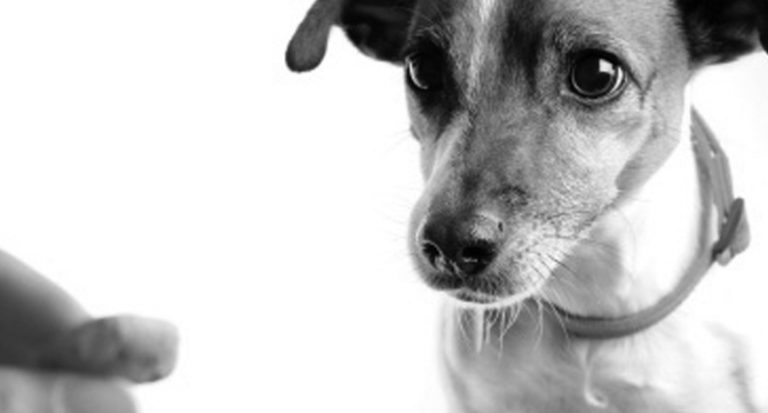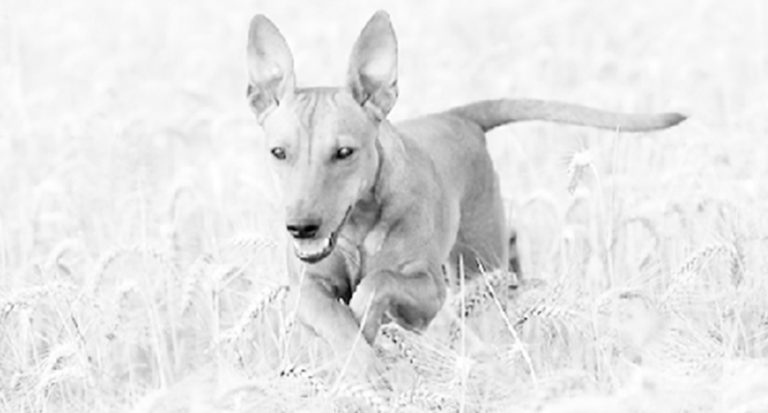In recent years the combinations of exotic hybrid dogs has skyrocketed. A hybrid dog is not a breed. It is the offspring of a mix of more than one purebred dog, usually just two. As such, the only difference between a hybrid and a mutt is the controlled conditions under which it is produced.
According to the American Canine Hybrid Club (ACHC), dog-lovers can now choose from hundreds of hybrids. The poodle alone offers many derivatives from the Scoodle (Poodle + Scottish Terrier) and the Saint Berdoodle to the whimsical sounding Pug-A-Poo. Names for these crossbreeds suggest everything from naughty voyeurism (the Peke-A-Tese) to mental disorder (the Schapso) to a new international entity (the Shiranian). Half the fun of owning these dogs must lie in telling observers what it is.
Genetically-Engineered Dogs
While these so-called designer dogs are exotic, they are created through natural mating. As Ewan Calloway reports in New Scientist Magazine, the next step is genetically engineered (GE) or “smart” designer dogs. Thanks to a fully sequenced dog genome that allows researchers to scan gene mutations, geneticists have discovered a small number of genes that determine coat color, size, and other dog traits. More importantly, targeting genes responsible for congenital conditions can help eliminate mutations causing disease.
While there are ethical concerns about GE dogs, these pets are not likely to go away. Given our love affair with dogs and the appetite for novelty, demand should increase once people become comfortable with genetic engineering. As Calloway reports, while currently scientists know of only a few genes that affect dog traits, this number will grow. Soon these dogs may be the ultimate accessory, reflecting dog-owners’ tastes as much as their clothing and cars now do.
Robo Pooch: All the Dog & None of the Mess
For people who prefer hi-tech and want to forego the care of a real animal, there are robotic dogs and other so called virtual pets. Last year the Japanese introduced the G-Dog, which users will be able to control via a Playstation-like joypad. This robo dog can sit up and beg, crawl and roll over on its side.
While the G-dog has a decidedly mechanical look, a range of other virtual dogs such as MGA’s “Me and My Shadow” is available. As one of the first soft robot dogs, Me and My Shadow will stand, bark, and await your command. He will also sit down and go to sleep a minute and a half after the last command. This is sure to be your neighbor’s choice for your family dog.
While designer dogs and robot canines are a hot new trend, they are unlikely to push aside the family mutt. The price tag for hybrid dogs starts at $900.00 and can go up to $2000.00, pricing many owners out of the market. And while robot pets can be had for the same price as a pet from a shelter, it is dubious whether or not their appeal will last, especially after the batteries run out.
But both are representative of trends that are not going away. Our four-legged pets are just the beginning as humans explore the applications of advanced new technologies. From tinkering with the genes of our pets, it is a small step to designing our babies and redesigning ourselves.
File under, “be careful what you ask for…”
DNA, Cloning & The Humane Society
What is DNA? – Deoxyribonucleic Acid, or DNA for short, contains the genetic instructions used in the development and functioning of all living things. The main role of DNA molecules is the long-term storage of information. DNA is often compared to a set of blueprints, or a code, since it contains the instructions needed to construct other components of cells.
How long can DNA be preserved? – Viable DNA samples can be preserved for decades.
Can cloning be accomplished from any cellular material? – Not every part of an animal can be used for cloning. For example, teeth, bones, nails and so forth can not be used.
What is a clone? – A clone is an identical twin. Clones have the identical genetic makeup (DNA) of their genetic donors.
How is cloning accomplished? – Cloning is accomplished through a process called nuclear transfer. Scientists remove the nucleus of a female oocyte (egg cell) and replace its nucleus with DNA from the genetic donor’s cells. The new cell is activated in the laboratory, begins to divide and forms an embryo. The embryo is then implanted into a surrogate mother for normal gestation and delivery.
The Humane Society of the United States condemns the commercial cloning of companion animals. Given the current pet overpopulation problem, which costs millions of animals their lives and millions in public tax dollars each year, the cloning of pets has no social value and in fact may lead to increased animal suffering. Cloning is an imperfect science and potentially dangerous for the animals involved, including the clone. Many animals cloned thus far have had a wide range of medical complications. Whether a cloned companion animal can lead a healthy and full life remains unknown. In addition, surrogate mothers who bear the cloned embryos until delivery may have to endure surgical procedures due to complications from pregnancy.
For those looking to replace a lost pet, cloning will not create an animal identical to the one who is gone; cloning cannot replicate an animal’s uniqueness. Cloning can only replicate the pet’s genetics, which influence but do not determine his physical attributes or personality. In fact, a pet’s personality, the specific trait that most owners would like to preserve and the attribute that most endears a companion animal to his family, is the trait least likely to be replicated by cloning. In addition, there is no guarantee the cloned companion animal will even physically resemble the original pet. The HSUS recommends that people visit their local shelter to adopt their next pet.





